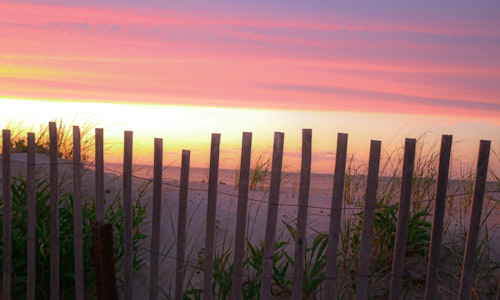54th Massachusetts facts
While investigating facts about 54th Massachusetts, I found out little known, but curios details like:
The Battle of Boykin's Mill was where the last Union officers was killed and the site of the last battle in South Carolina.
The 54th mustered and trained at Camp Meigis near Boston.
In my opinion, it is useful to put together a list of the most interesting details from trusted sources that I've come across. Here are 21 of the best facts about 54th Massachusetts I managed to collect.
-
Black soldiers, both free and freedmen, were first allowed to fight in the Union army under the Militia Act of July 1862: the Emancipation Proclamation of January 1, 1863 further sanctioned the use of black troops in the Union army
-
Every black Union unit was required to be led by a white officer.
-
A monument commemorating the 54th Massachusetts was completed on the Boston Common in 1898.
-
Frederick Douglass worked to have African Americans fight in the American Civil War. His own two sons joined the 54th Massachusetts Regiment.
-
Most of the enlisted men were free blacks, although there were also some freedmen and runaway slaves who served in the regiment.
-
The 54th Massachusetts Volunteer Infantry was the most famous and effective of all black Union regiments, having fought in several battles, including the Second Battle of Fort Wagner on July 18, 1863.
-
The 54th Massachusetts was involved in the Battle of Boykin's Mill on April 18, 1865, which was actually fought after the Battle of Appomattox Court House.
-
Colonel Robert Gould Shaw, who came from a family with strong abolitionist views, was appointed by the governor of Massachusetts to lead the 54th.
-
After Gould Shaw was killed at the Second Battle of Fort Wagner, Edward Hallowell became the colonel and leader of the 54th Massachusetts.
-
Shaw was buried in a mass grave with many of the enlisted men of the 54th Massachusetts.

What is true about 54th massachusetts?
You can easily fact check it by examining the linked well-known sources.
The 54th Massachusetts Regiment (The First Black Regiment In The Union Army During The Civil War) Pulled A Train Full Of 1,500 Union Wounded Three Miles To Safety After The Train Broke Down Following Fighting at the Battle of Olustee.
Hallowell and many of his officers were Quakers.
Notable abolitionist and former slave, Frederick Douglass, played a key role organizing the 54th.
Sergeant William Harney Carney was awarded the Congressional Medal of Honor in 1900 for grabbing the American flag as its bearer fell at the Second Battle of Fort Wagner. Although other African Americans had been given the award before Carney, his was the earliest action to receive the award.
The 54th Massachusetts" history was portrayed in the 1989 film Glory.
White abolitionists served as important recruiters and later as officers in the regiment.
Initially, the men of the 54th Massachusetts were only paid $7 a month while white soldiers were paid $13 a month. After protests by the white officers, Congress agreed to pay the men the same as white soldiers in September 1864.
Although the 54th haled from Massachusetts and carried the flag of the state, many of its enlisted men were from other states.
Today in the year 1863 America's first formal African American military unit, the 54th Massachusetts Infantry Regiment, stormed Fort Wagner near Charleston, SC and the first Medal of Honor for an African American soldier was earned.